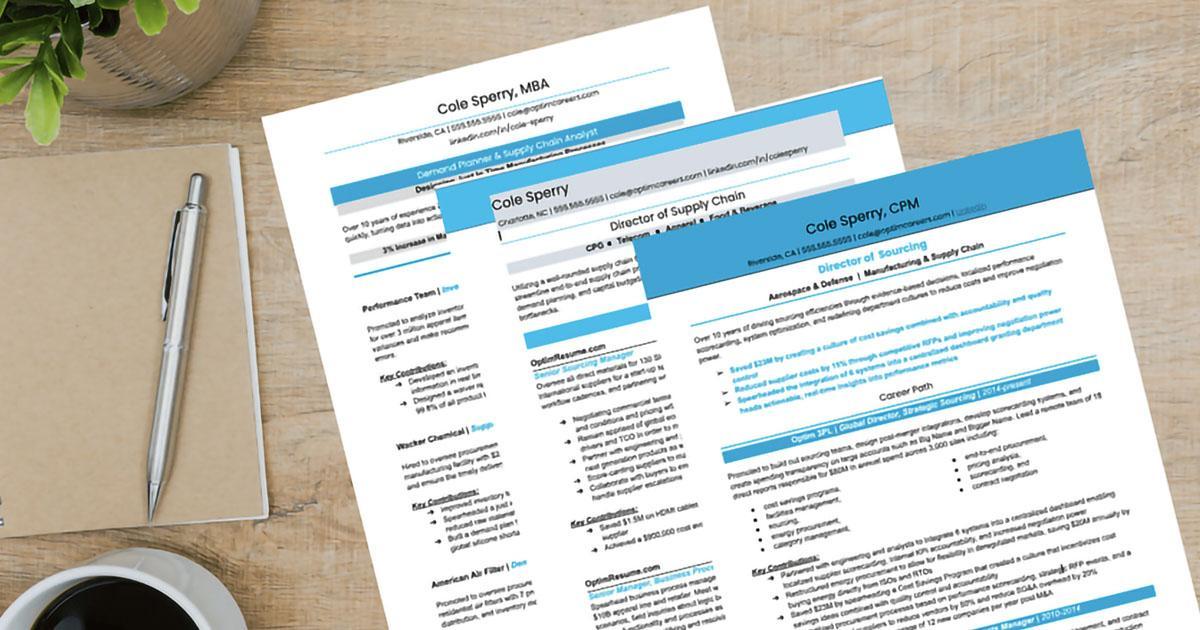What Should Be Included In Your Resume Headings – A Guide

Every aspect of your resume is important when it comes to creating a compelling document. From the choice of words to the layout and formatting, each element plays a crucial role in presenting yourself effectively to potential employers. One often overlooked aspect of resume writing is the proper use of headings. Resume headings are more than just labels; they serve as a roadmap, guiding employers and recruiters through the information presented in your resume. In this blog post, we will delve into the importance of resume headings and provide you with a comprehensive guide on what should be included to create a standout resume.
Why Resume Headings Are Important
Resume headings serve as signposts that guide the reader through your resume, making it easier for employers and recruiters to navigate the document. When faced with a stack of resumes, hiring managers often skim through them quickly, looking for specific information. Clear and well-defined headings create a logical structure, allowing them to find the relevant sections without much effort.
By using appropriate titles for your resume sections, you create a visual hierarchy that directs attention to the most critical aspects of your resume. Key details, such as your work experience, education, and skills, can stand out and make a strong impression. On the other hand, without proper headings, your resume may appear disorganized and fail to capture the reader’s attention.
Furthermore, resume headings convey important information at a glance. Employers and recruiters typically spend a limited amount of time reviewing each resume, so it’s crucial to make an immediate impact. Effective headings enable them to quickly assess your background and qualifications, helping them determine if you are a potential fit for the position.
In a competitive job market, where numerous candidates are vying for the same opportunities, having well-crafted headings can make a significant difference. They provide clarity and structure, allowing employers to navigate your resume efficiently and locate the information they need. When your headings effectively showcase your skills and experience, it increases the chances of your resume receiving the attention it deserves.
What Should Be Included in the Headings for Your Resume
1. Contact Information
At the beginning of your resume, make sure to include your complete name, contact number, email address, and optionally, your residential address. This information allows potential employers to easily reach out to you.
2. Objective/Summary/Profile
Tailor this heading to provide a concise overview of your career goals, professional summary, or profile. Tailor it according to your level of expertise and the specific role you are seeking.
3. Employment Background/Professional Experience
Within this section, detail your prior employment positions, job titles, and the organizations you were affiliated with. Specify the duration of each role and offer concise overviews of your duties and achievements.
4. Academic Qualifications and Training
Incorporate your educational history, encompassing degrees obtained, educational establishments attended, and pertinent certifications or training courses finished. Highlight any academic distinctions or accolades, if relevant.
5. Skills and Expertise
Emphasize the essential skills that align with the desired position under this category. Incorporate both hard skills (job-specific technical abilities) and soft skills (such as effective communication or leadership qualities).
6. Supplementary Categories
Tailor additional sections to your experiences and the job criteria. Consider including sections such as volunteer experience, professional memberships, published works, public presentations, language proficiency, or any other pertinent details that enhance your application.
Tips to Write Proper Resume Headings
To ensure that your resume headings effectively convey your qualifications and capture the reader’s attention, follow these valuable tips:
- Use Clear and Consistent Language – Opt for headings that accurately represent the content of each section, ensuring clarity and coherence throughout your resume. Consistency in wording and formatting creates a professional and organized impression.
- Prioritize Relevance – Tailor your headings to align with the specific job you are targeting. Focus on sections that highlight your most relevant qualifications and experiences, showcasing your suitability for the position.
- Keep it Concise – Employ concise and straightforward headings that are easily comprehensible. Avoid lengthy or excessively creative headings that may confuse or distract the reader. A clear and succinct presentation enhances readability.
- Use Formatting Techniques – Employ formatting techniques such as bolding, capitalization, or underlining to make your headings visually distinct. These techniques draw attention to key sections while maintaining a polished and consistent appearance.
- Arrange Headings Strategically – Organize your headings in a logical order that facilitates a smooth flow of information. Place the most important and relevant sections at the beginning to immediately capture the reader’s interest and highlight your strengths.
By implementing these tips, you can craft effective resume headings that enhance the overall impact of your resume and increase your chances of securing your desired job opportunity.
Make Sure to Write Proper Resume Headings
In the competitive job market, a well-organized and impactful resume can make all the difference. Proper resume headings serve as a roadmap, guiding employers and recruiters through the wealth of information you provide. By employing clear and relevant headings, you increase the chances of capturing their attention and effectively showcasing your qualifications. Remember to pay attention to detail, customize your headings to align with the job requirements, and maintain consistency throughout your resume. A polished and professional document not only reflects your attention to detail but also conveys your commitment to excellence.
In your quest for career success, don’t underestimate the power of well-crafted headings. They create a visual hierarchy, making it easier for employers to navigate your resume and quickly assess your suitability for a role. So, take the time to write proper resume headings and give your resume the competitive edge it deserves. By giving proper consideration to this frequently neglected aspect, you can amplify the effectiveness of your resume and improve your prospects of securing your desired job opportunity.

